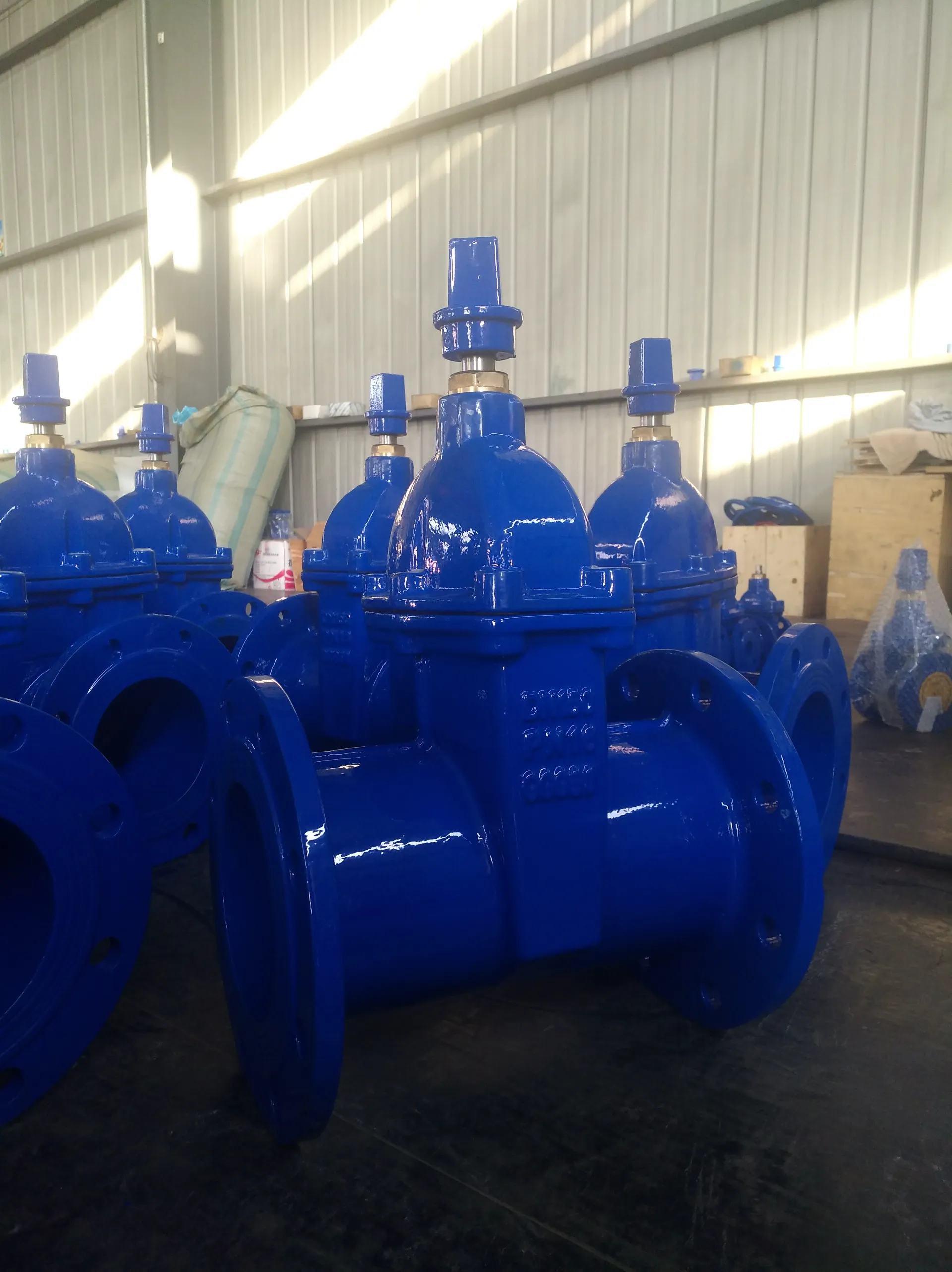esd dust bin
The Importance of ESD Dust Bins in Modern Electronics Manufacturing
In the rapidly evolving landscape of electronics manufacturing, the protection of sensitive electronic components from Electrostatic Discharge (ESD) has become paramount. One essential tool in this protective arsenal is the ESD dust bin. This seemingly simple item plays a crucial role in maintaining the integrity and reliability of electronic devices by safeguarding against static electricity and particulate contamination.
Understanding ESD and Its Implications
Electrostatic Discharge is a sudden and momentary flow of electricity between two charged objects. In the realm of electronics, this discharge can damage intricate components, leading to malfunctions or complete failures. Such occurrences are not just minor setbacks; they can result in significant financial losses and compromise product reliability. Therefore, managing ESD risks is critical in manufacturing environments where delicate electronic parts are handled.
The Role of ESD Dust Bins
ESD dust bins are specifically designed to collect and contain materials that could pose risks of static charge accumulation. Unlike regular dust bins, ESD dust bins are made from conductive or dissipative materials that help to prevent the buildup of electrostatic charges. These bins are essential in workplaces that handle ESD-sensitive components, such as printed circuit boards (PCBs), chips, and other electronic assemblies.
The structure of ESD dust bins reflects their intended function. They often feature grounding capabilities, ensuring that any static electricity is safely directed away from sensitive components. By placing ESD-sensitive materials in these specially designed bins, manufacturers can significantly reduce the risk of ESD incidents.
Benefits of Using ESD Dust Bins
esd dust bin

1. Protection Against Damage The primary advantage of ESD dust bins is their ability to protect sensitive components from the harms of electrostatic discharge. By using these bins, manufacturers can ensure that their products remain safe from the dangers posed by static electricity.
2. Reduced Contamination ESD dust bins help in minimizing particulate contamination that can occur in traditional bins. The design of these bins often includes features to keep the internal environment clean, thus preserving the quality of the materials stored within.
3. Compliance with Industry Standards Many industries have stringent regulations regarding ESD protection. Utilizing ESD dust bins helps organizations comply with these regulations, thus avoiding potential penalties and ensuring their products meet necessary quality standards.
4. Cost-Effectiveness Although there may be a higher upfront cost associated with ESD dust bins compared to regular bins, the long-term savings resulting from reduced product failure rates and warranty claims far outweigh the initial investment.
Implementing ESD Dust Bins in Your Facility
To maximize the benefits of ESD dust bins, it is essential to properly implement them within the facility. This includes training staff on the importance of ESD awareness and ensuring that all ESD-sensitive materials are disposed of correctly. It is also beneficial to conduct regular audits to ensure that ESD protocols are being followed.
In conclusion, ESD dust bins are an essential aspect of modern electronics manufacturing. By protecting against static electricity and minimizing contamination, they play a vital role in ensuring the reliability and quality of electronic products. As technology continues to advance and the sensitivity of components increases, investing in effective ESD solutions, including dust bins, becomes not just recommended, but necessary for any organization committed to excellence in the electronics industry.
-
The Smarter Choice for Pedestrian AreasNewsJun.30,2025
-
The Gold Standard in Round Drain CoversNewsJun.30,2025
-
The Gold Standard in Manhole Cover SystemsNewsJun.30,2025
-
Superior Drainage Solutions with Premium Gully GratesNewsJun.30,2025
-
Superior Drainage Solutions for Global InfrastructureNewsJun.30,2025
-
Square Manhole Solutions for Modern InfrastructureNewsJun.30,2025
-
Premium Manhole Covers for Modern InfrastructureNewsJun.30,2025
